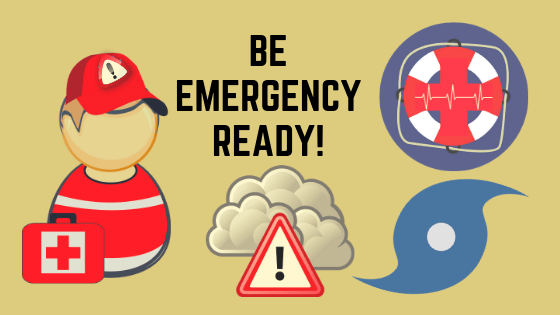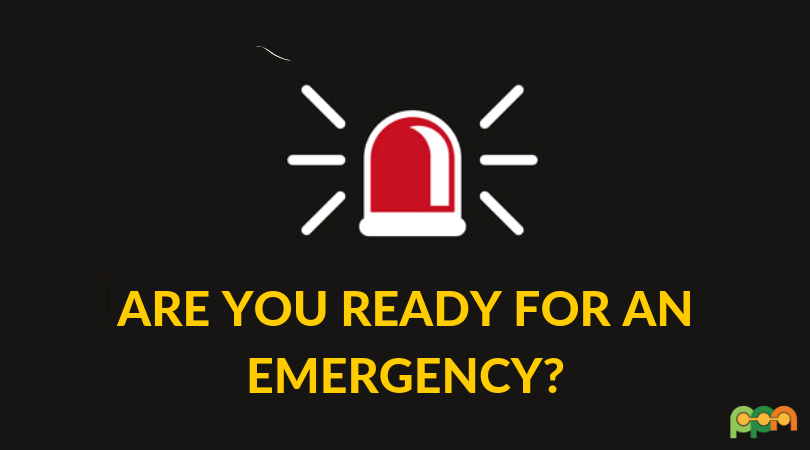Natural disasters may be beyond our control, but there are ways to reduce the risk and the impact of whatever emergency we might face – whether natural or human-induced.
Emergency Preparedness encourages us to take concrete actions to be better prepared to protect ourselves and our families during emergencies.
By taking a few simple steps, you can become better prepared to face a range of emergencies – anytime, anywhere. The first thing you have to remember is that it is highly important to:
- Know the risks – Being prepared means thinking about all the possibilities. Having the right knowledge and sufficient planning can help us become well-equipped to face unlikely events and their impact. Thus, knowing the risks specific to your community can help you better prepare for any kind of emergencies.
- Make a plan – It is important to ensure that the entire family is prepared and well-informed in the event of a disaster or emergency. You may not always be together when these events take place, so you should have a concrete plan in place. Make a plan and share it with your family and friends and once everyone is fully aware of it, be sure to practice or have a dry-run so you can see if everyone is acting according to plan.
- Get an emergency kit – Another important thing to consider during an emergency is to keep a disaster preparedness kit. with enough supplies to meet your family’s needs for at least 72 hours, in your home. Take some time to store food, water, and medicines. Having a sufficient emergency supply at home will give you and your family a higher chance of survival.

- Have an emergency communications plan in place – How will you contact your family members if something happens and you’re separated? Share your emergency plan with neighbors, friends, and relatives so they know how to contact you if the power goes out.
- Develop a map of resources around where you live and work – How can you easily navigate through all the chaos and go to the nearest hospitals, police stations, and other important establishments, if you don’t have a map? You definitely need a vicinity map that will help you and your family gain access to the nearest hospitals, grocery stores, government offices, and other city agencies, and power-efficient commercial buildings should the city-wide power be out. You should also consider adding taxi stands, bus stops, subway stations, and parking lots on the map.
- Keep assistive devices and equipment charged and ready to go – Consider having an extra battery on a trickle charger if you use a power wheelchair or scooter. If available, have a lightweight manual wheelchair for backup and extra chargers and charging cables for all assistive devices.
- Make sure you have access to important documents – Collect and safeguard critical documents. Store electronic copies of your important documents on a hard drive. And if you feel comfortable doing so, give a copy to a trusted relative or friend outside your area. This way, you’ll have a record of all your important files.

Experience has shown that individual preparedness goes a long way to help people cope better – both during and after a major disaster. Take concrete actions to be better prepared. Be responsible and do your part! Get an emergency kit now, be knowledgeable, and spread awareness to your community- it can make a world of difference.
